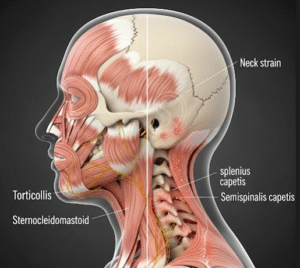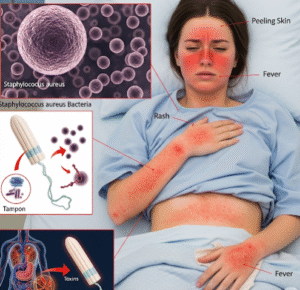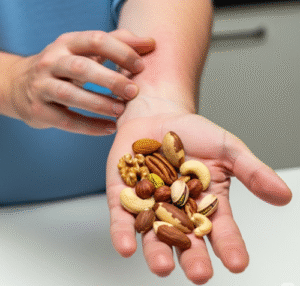Overview
Palindromic Rheumatism (PR) is a rare type of inflammatory arthritis marked by sudden, recurring attacks of joint pain and swelling that resolve on their own. These episodes can last for hours to days and occur without permanent joint damage, distinguishing it from other types of chronic arthritis. While palindromic rheumatism is relatively uncommon, it’s significant because many people who develop it eventually go on to develop rheumatoid arthritis (RA) or other autoimmune conditions.
What is Palindromic Rheumatism?
Palindromic Rheumatism is an episodic form of arthritis characterized by flare-ups of joint inflammation that appear and disappear spontaneously. The term “palindromic” refers to the returning nature of the attacks. Between episodes, the joints usually return to normal with no lasting damage. However, in some individuals, PR may be an early phase of a chronic autoimmune disease such as rheumatoid arthritis or lupus.
Symptoms
- Sudden onset of joint pain, swelling, and redness
- Episodes usually affect one to three joints at a time
- Commonly affected joints: knees, fingers, wrists, and elbows
- Flares last from a few hours to a few days and resolve spontaneously
- The skin over affected joints may appear red or warm
- Periods of normalcy between attacks (no joint pain or stiffness)
Causes
The exact cause of palindromic rheumatism is not fully understood, but it is believed to involve a combination of autoimmune and inflammatory processes. Some possible causes or contributing factors include:
- Abnormal immune system response targeting joint tissues
- Genetic predisposition (e.g., HLA-DR4 gene)
- Environmental triggers such as infections or stress
- Association with autoimmune conditions like RA or lupus
- Possible links to certain bacterial or viral infections
Risk Factors
While anyone can develop palindromic rheumatism, several factors increase the risk:
- Family history of autoimmune or rheumatic diseases
- Presence of rheumatoid factor (RF) or anti-CCP antibodies in blood tests
- Age between 20–50 years
- Female gender (slightly more common in women)
- Co-existing autoimmune disorders
Complications
Although palindromic rheumatism itself does not cause permanent joint damage, it may progress to more serious conditions:
- Development of rheumatoid arthritis (RA) in 30–50% of cases
- Emotional distress from unpredictable pain episodes
- Reduced quality of life or work productivity
- Difficulty with diagnosis leading to unnecessary treatments or delays
- Joint damage in cases that evolve into RA or another chronic form of arthritis
Prevention
There is no guaranteed way to prevent palindromic rheumatism, but early recognition and management can help reduce symptoms and monitor disease progression:
- Early medical consultation at the onset of symptoms
- Regular monitoring of autoimmune markers through blood tests
- Lifestyle management to reduce flare-up triggers (e.g., stress, infections)
- Anti-inflammatory diets and moderate exercise to support joint health
- Avoiding self-medication or long-term NSAID use without supervision
Treatment Option in Korea
South Korea offers high-quality, patient-focused care for autoimmune and joint conditions like palindromic rheumatism. Treatment typically includes both symptom management and long-term monitoring:
- Rheumatology Clinics: Top hospitals such as Seoul National University Hospital, Samsung Medical Center, and Asan Medical Center have rheumatology departments specializing in autoimmune diseases.
- Medication:
- Nonsteroidal Anti-inflammatory Drugs (NSAIDs) for immediate pain relief during attacks.
- Antimalarial drugs (e.g., hydroxychloroquine) may be prescribed to reduce flare frequency.
- Disease-modifying antirheumatic drugs (DMARDs) like methotrexate in patients at risk of developing RA.
- Blood Monitoring: Korean hospitals provide regular autoimmune panels to monitor rheumatoid factor, anti-CCP, ESR, and CRP levels for disease progression.
- Lifestyle Counseling: Dietitians and therapists help patients adopt anti-inflammatory diets and stress-reducing strategies.
- Oriental Medicine Integration: Traditional Korean medicine (Hanbang) such as acupuncture, herbal therapies, and cupping may be offered as complementary treatments to reduce inflammation and pain.
- Joint Protection Programs: Physical therapy and guided movement programs are available to preserve joint function and mobility without causing flare-ups.
South Korea’s advanced healthcare system enables early detection, effective treatment, and continuous follow-up for palindromic rheumatism, offering hope for both symptom control and prevention of disease progression.













